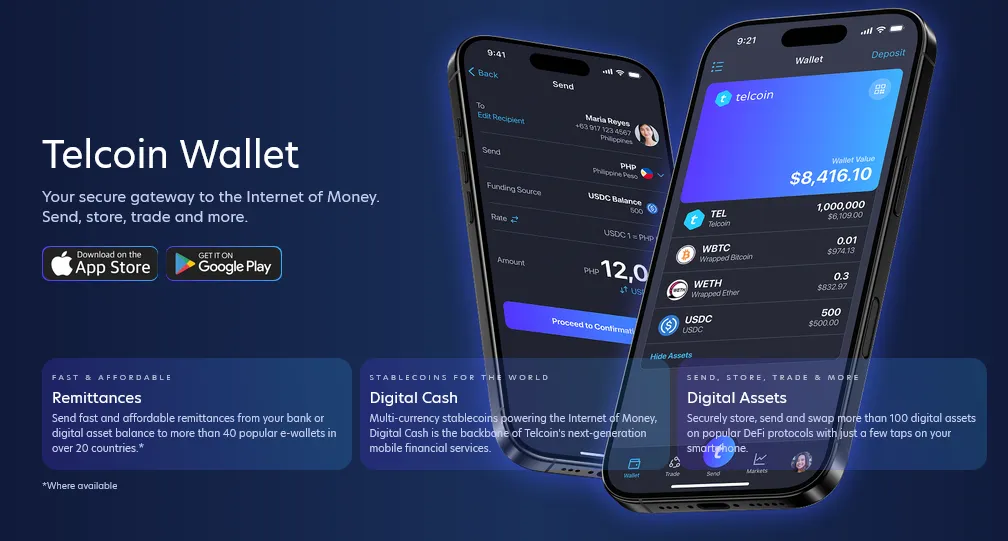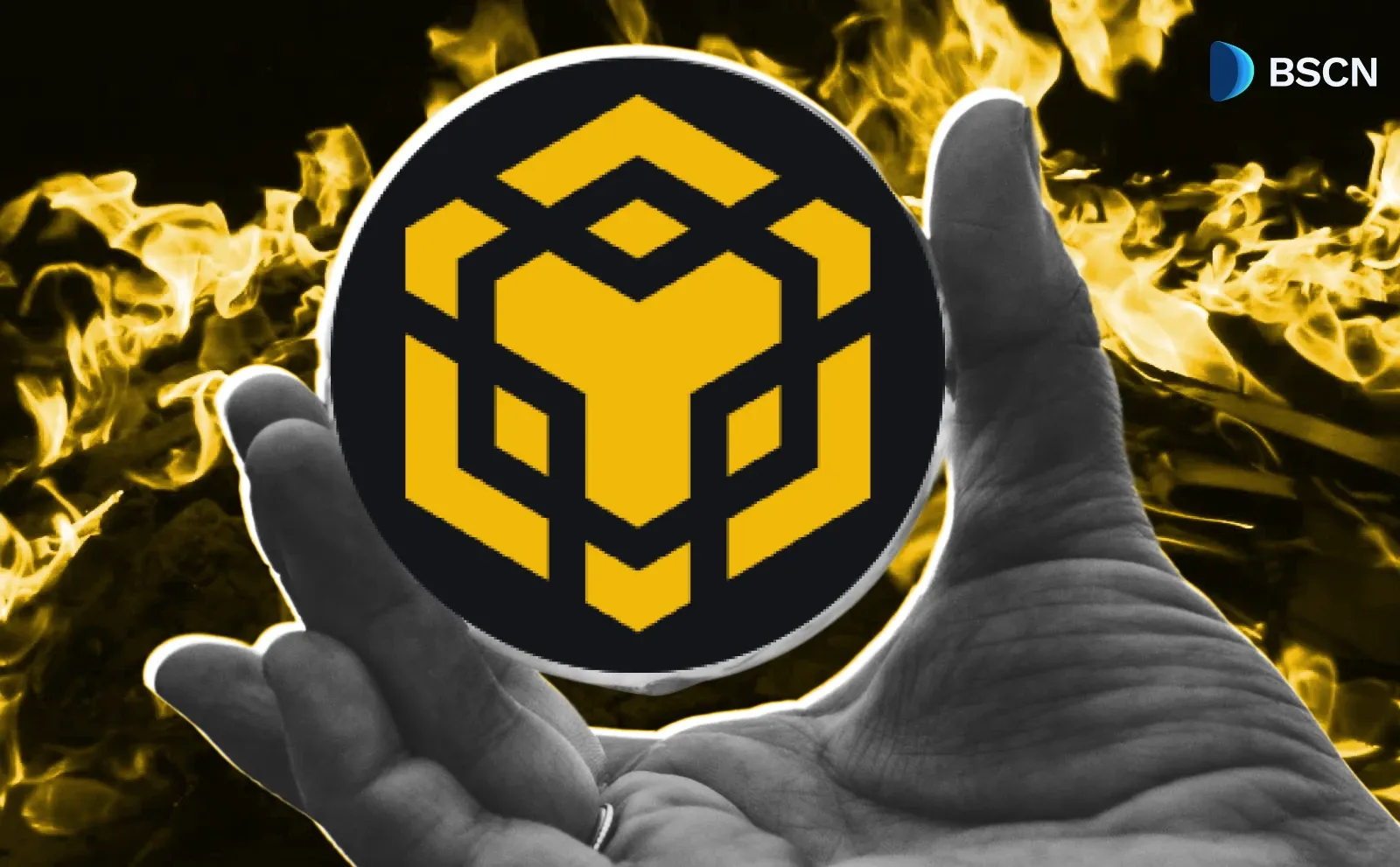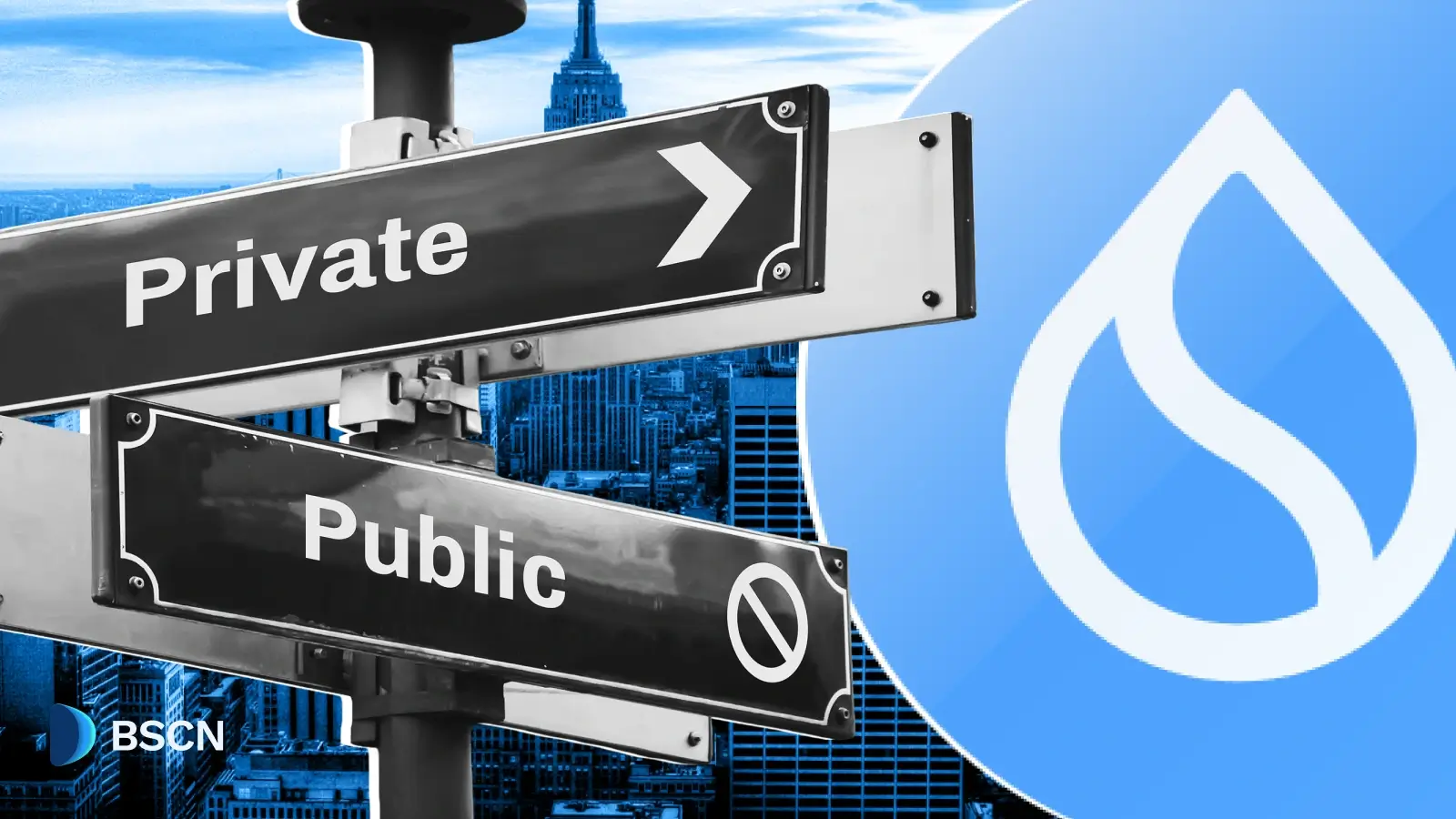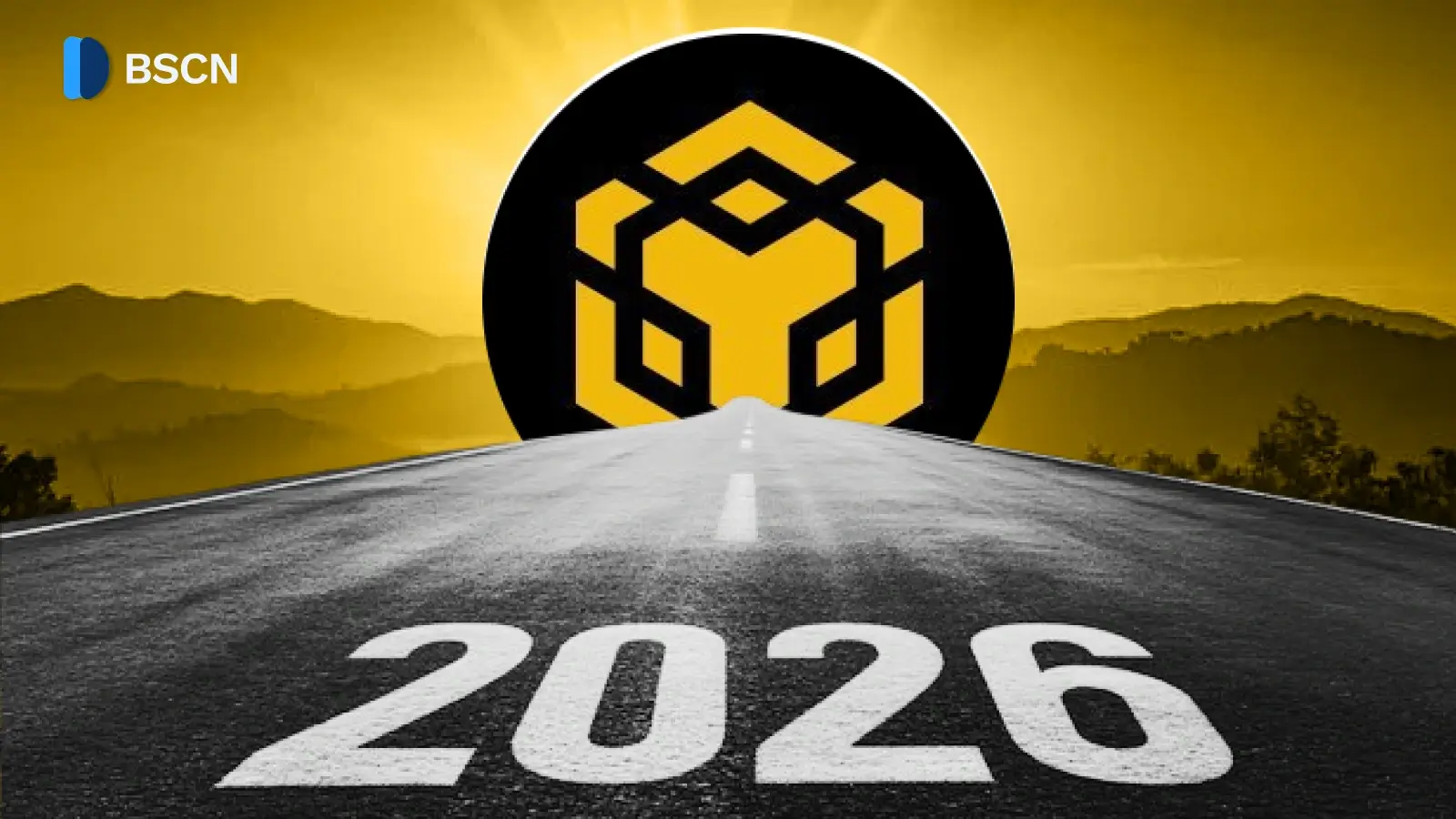Deepdive
(Advertisement)
Telcoin Complete Guide: Telecom Giants Building the Internet of Money

Complete guide to Telcoin (TEL) - blockchain merging telecom infrastructure with DeFi. Tokenomics, partnerships, and growth predictions.
Crypto Rich
July 18, 2025
(Advertisement)
Table of Contents
While billions of people carry smartphones, over 1.4 billion adults remain unbanked or underserved by traditional financial services. Telcoin addresses this gap by merging telecommunications infrastructure with blockchain technology to create accessible financial products. The project transforms mobile network operators into validators for a decentralized finance ecosystem, enabling remittances, payments, and banking services through simple phone numbers rather than complex wallet addresses.
Unlike established cross-border payment solutions like Ripple and Stellar, Telcoin leverages existing telecom infrastructure to reach underserved markets directly through mobile carriers.
History and Background
Founded in Singapore during July 2017, Telcoin launched as an ERC-20 token on Ethereum with ambitious plans to disrupt the $700 billion global remittances market. The founding team's key insight? Telecom operators already reach over 5 billion subscribers worldwide - a distribution network that dwarfs anything traditional banks could build.
Early development concentrated on building remittance corridors. The platform achieved integrations with mobile money services across 20+ countries by 2020, maintaining fees under 2% while traditional money transfer services often charge 6-10%.
Everything changed in 2023-2024. As crypto markets matured and regulatory frameworks emerged, Telcoin pivoted from pure remittances toward comprehensive digital banking. This strategic shift emphasized compliance and security above all else. When a security incident involving wallet proxy implementations occurred in December 2023, the team's response was swift - funds were recovered, audit procedures enhanced, and security controls strengthened.
By May 2025, Telcoin achieved SOC 2 Type I certification, validating its security infrastructure. The mission had evolved completely: "building the Internet of Money" through a regulated blockchain ecosystem powered by telecommunications infrastructure.
Team and Founders
Co-founder and CEO Paul Neuner brings over 20 years of telecommunications experience, having previously founded Mobius Wireless Solutions. His vision? Position telecom operators as the primary gateway for mainstream DeFi adoption.
Technical leadership is led by co-founder Claude Eguienta, who balances Neuner's telecom expertise with deep fintech and blockchain backgrounds. The recent expansion has brought key players, including EVP of Strategy Patrick Gerhart (formerly at P4Cap) and the President of Banking Operations, who spearheads U.S. regulatory initiatives.
The board features advisors from major telecom companies, including Viettel Group. Operations have scaled to over 50 employees with offices in Nebraska supporting their upcoming digital asset bank. Recent hiring focuses heavily on compliance professionals and partnership specialists, reflecting the regulatory-first approach that now defines the company's strategy.
Technology and Products
Telcoin's technology stack bridges current market needs with future blockchain innovation, operating across multiple layers to deliver accessible financial services.
Current Infrastructure: Polygon Foundation
Telcoin operates on a dual-network approach that bridges current functionality with future innovation. The existing Telcoin Wallet currently runs on the Polygon Network, leveraging its low fees and fast transaction speeds to deliver competitive remittance services today. Their foundation on the Polygon network allows Telcoin to offer sub-cent transaction costs and near-instant settlements while building their next-generation infrastructure.
Telcoin Network Architecture
The future lies in the Telcoin Network - an EVM-compatible Layer 1 blockchain where validators aren't anonymous miners or stakers, but GSMA-member mobile network operators (MNOs). This creates what's known as a Decentralized Physical Infrastructure Network (DePIN).
Why does this DePIN approach matter? Several key advantages:
- Transaction fees stay low through existing telecom infrastructure
- Scalability improves via established network capacity
- Geographic distribution spans global telecom footprints
- Regulatory compliance comes built-in through licensed operators
Technical Performance and Security
The technical specifications are impressive. Telcoin Network's Proof-of-Stake consensus achieves 1,000 transactions per second at sub-cent fees, significantly outpacing Ethereum's 15 TPS. EVM compatibility allows seamless decentralized application porting, while bridges to Polygon and Arbitrum handle over $10 million in cross-chain volume monthly.
Security Improvements Post-2023 Incident:
- Multi-signature architecture upgrades implemented.
- SOC 2 Type I certification achieved (May 2025).
- Real-time AI fraud detection scanning 99% of transactions.
- Annual Certik audits established.
- Complete fund recovery from December 2023 exploit.
Development Roadmap
Telcoin Network Timeline:
- May 2025 – Alpha Mainnet launched following code freeze
- July 2025 – Pilot testnet with MNO validators began
- Q4 2025 – Beta Mainnet scheduled with expanded decentralization
- 2026+ – Full migration from Polygon to Telcoin Network
Core Products
Telcoin Wallet simplifies crypto complexity, making it accessible to even your grandmother. Send money via phone numbers instead of wrestling with wallet addresses. Users can handle remittances to 40+ e-wallets across 20+ countries, trade on DeFi protocols, and access yield farming opportunities.
Digital Cash Stablecoins bring traditional banking stability to blockchain rails. Bank-issued assets like eUSD, eAUD, and eCAD maintain 1:1 backing by fiat reserves held in regulated institutions. The roadmap includes additional currencies spanning major markets - from eGBP and eJPY to emerging market currencies like eCFA (African Franc) and eMXN (Mexican Peso) - creating a comprehensive global digital cash ecosystem. These enable on-chain payments and remittances while avoiding crypto volatility.
DeFi Suite offers a standard suite of services offer access to, swaps, lending, and yield farming, through self-custodial interfaces. Everything maintains interoperability with Ethereum, Arbitrum, and other major blockchains through cross-chain bridges.

Tokenomics and TEL Coin
$TEL functions as the ecosystem's utility token with multiple use cases: transaction fees on the Telcoin Network, platform usage across remittances, DeFi services, and staking rewards for network participants.
The economics are straightforward. The total supply is capped at 100 billion tokens, with approximately 91 billion circulating as of July 2025. Token allocation covers community incentives, team vesting schedules, and liquidity pools. No additional emissions are planned.
Stake & Refer Program
Here's where things get controversial. The "Stake & Refer" program allows users to stake TEL tokens and earn referral fees from trading volume generated by their network. Participants can earn from transaction fees as the ecosystem grows.
The theory makes sense: as network activity increases through remittances, gaming integrations, and banking services, demand for TEL tokens rises for fees and staking participation. Critics argue that the referral mechanics resemble pyramid structures. Supporters counter that the program aligns incentives with genuine ecosystem growth.
Partnerships and Ecosystem
Telcoin's competitive advantage lies in telecommunications partnerships. The roster includes GSMA members like Orange, Vodafone, Viettel, and GCash, with ambitious plans to onboard 50+ MNO validators by the end of 2025.
Recent Strategic Partnerships
Recent collaborations demonstrate Telcoin's expanding real-world utility:
- Powerhive Partnership (March 2025) broke new ground by introducing blockchain-powered mobility financing for emerging markets. Real-time electric vehicle loans through stablecoins? It demonstrates practical applications far beyond traditional remittances.
- The Game Company Alliance (February 2025) integrated TEL and stablecoins into cloud gaming platforms, targeting 1,300+ game titles and millions of users. Gaming represents a massive growth vector for crypto adoption.
- STORM Partners Marketing Alliance (July 2025) focuses on scaling global presence through strategic marketing initiatives across multiple regions.
These partnerships advance the DePIN vision by bridging Web2 telecommunications infrastructure with Web3 financial services.
Recent Developments and News
2025 has marked a transformative period for regulatory positioning. The U.S. Senate passed the GENIUS Act in June, followed by House approval on July 17, establishing federal frameworks for stablecoin regulations.
Major Milestones
Telcoin received conditional approval in February 2025 under Nebraska's Financial Innovation Act to establish the Telcoin Digital Asset Bank. September 2025 could be historic as the launch approaches, positioning it as the first federally regulated crypto bank authorized to issue eUSD stablecoins. This milestone represents years of regulatory preparation and compliance work.
Additional developments include Wallet V4.0 upgrades, the July testnet launch with MNO validators, and contributions to GSMA whitepapers on stablecoin adoption. CEO Paul Neuner spoke at DIGITAL BANKING 2025, advocating for bank-issued digital dollars over central bank digital currencies (CBDCs).
While regulatory wins accelerate U.S. adoption, challenges persist in non-U.S. markets where stablecoin frameworks remain unclear, potentially limiting global expansion in the near term.
Community engagement has surged, with X followers reaching 108,000 and increasingly bullish sentiment across social media platforms.
Market Performance
As of July 18, 2025, TEL trades at $0.007156, representing a 15.17% increase over 24 hours and 85.1% growth over 30 days. The token maintains a $651.33 million market cap with $8.72 million in daily trading volume.
TEL reached its all-time high of $0.0649 in May 2021 during the broader crypto bull market, while the all-time low of $0.000065 occurred in March 2020. Trading activity remains concentrated on Blancer, KuCoin, Uniswap, Bybit, and multiple other major exchanges.
Key factors driving current market sentiment include regulatory wins, expanding telecom partnerships, and the upcoming launch of a digital asset bank. However, general market volatility and execution risks remain considerations for potential investors.
Adoption Metrics and User Growth
Telcoin's real-world traction becomes evident through key performance indicators across wallet adoption, transaction volumes, and community engagement.
Mobile Wallet Traction
Telcoin's adoption has accelerated dramatically in 2024-2025, driven by its mobile-first approach and simplified user experience. As of July 2025, the Telcoin Wallet has achieved over 200,000 downloads across iOS and Android platforms, with active users growing 150% year-over-year thanks to V4.0 upgrades that streamlined onboarding through phone numbers and PINs rather than complex seed phrases.
Remittance Volume Growth
Remittance volumes tell a compelling growth story. Transaction volumes hit $50 million in Q2 2025, up from $20 million in 2024, flowing across 20+ corridors, including high-volume routes like the Philippines (GCash, Maya) and Indonesia (OVO, GoPay). The average transaction size of $250 reflects real-world usage rather than speculative trading.
DeFi Integration Metrics
On-chain metrics underscore this momentum. Total Value Locked (TVL) in TELx liquidity pools reached $150 million in June 2025, fueled by DeFi integrations and stablecoin yields averaging 5-8% APY. Staking participation via the Stake & Refer program exceeds 20 million TEL locked, with 10,000+ active referrers earning from $2 million in monthly trading fees distributed across the network.
Frequently Asked Questions
What makes Telcoin different from other crypto projects? Telcoin uniquely leverages telecommunications infrastructure through partnerships with mobile network operators who serve as blockchain validators. This creates a decentralized physical infrastructure network (DePIN) that combines existing telecom reach with blockchain financial services.
How does the Telcoin Digital Asset Bank work? The Telcoin Digital Asset Bank, launching in Nebraska by September 2025, will be the first federally regulated crypto bank authorized to issue stablecoins like eUSD. It operates under traditional banking regulations while providing blockchain-based financial services.
Is TEL a good investment in 2025? TEL offers utility-driven value through network fees, governance, and staking rewards. With regulatory wins and telecom partnerships, analysts predict potential growth, though crypto investments carry significant volatility risks. Always conduct thorough research before investing.
Conclusion
Telcoin represents a practical fusion of telecommunications infrastructure and blockchain technology, addressing real financial exclusion through accessible mobile interfaces. With regulatory victories, robust technology architecture, and strategic telecom alliances, the project is evolving from a remittances-focused platform into a comprehensive digital finance ecosystem.
Analysts consider Telcoin a "dark horse" in real-world asset and DeFi sectors, with the regulated blockchain banking approach positioning it at the forefront of crypto's institutional adoption wave. However, execution risks remain significant as the project navigates complex telecom integrations and regulatory landscapes.
The combination of federal banking authorization, MNO validator partnerships, and expanding use cases across gaming and energy sectors creates multiple growth vectors. For crypto enthusiasts, TEL offers utility-driven exposure to the intersection of traditional telecommunications and decentralized finance.
Learn more at telco.in or follow @telcoin on X for the latest updates.
Recent Telcoin Coverage:
- Telcoin (TEL) Token Deep Dive: Bridging Telecom and DeFi
- Telcoin Latest News: Two New Exchange Listings Secured Plus Key Insights
- Telcoin Secures Nebraska Approval for Digital Asset Bank
- Telcoin Secures $25M Funding for Its Regulated Digital Banking Initiative
- This Small-Cap Crypto Just Became America's First Regulated Crypto Bank - Here's Why TEL Could 10x
Sources: Telcoin official documentation, GSMA industry reports, U.S. Congressional GENIUS Act proceedings
Read Next...
Disclaimer
Disclaimer: The views expressed in this article do not necessarily represent the views of BSCN. The information provided in this article is for educational and entertainment purposes only and should not be construed as investment advice, or advice of any kind. BSCN assumes no responsibility for any investment decisions made based on the information provided in this article. If you believe that the article should be amended, please reach out to the BSCN team by emailing [email protected].
Author
 Crypto Rich
Crypto RichRich has been researching cryptocurrency and blockchain technology for eight years and has served as a senior analyst at BSCN since its founding in 2020. He focuses on fundamental analysis of early-stage crypto projects and tokens and has published in-depth research reports on over 200 emerging protocols. Rich also writes about broader technology and scientific trends and maintains active involvement in the crypto community through X/Twitter Spaces, and leading industry events.
(Advertisement)
Latest News
(Advertisement)
Crypto Project & Token Reviews
Project & Token Reviews
Comprehensive reviews of crypto's most interesting projects and assets
Learn about the hottest projects & tokens














